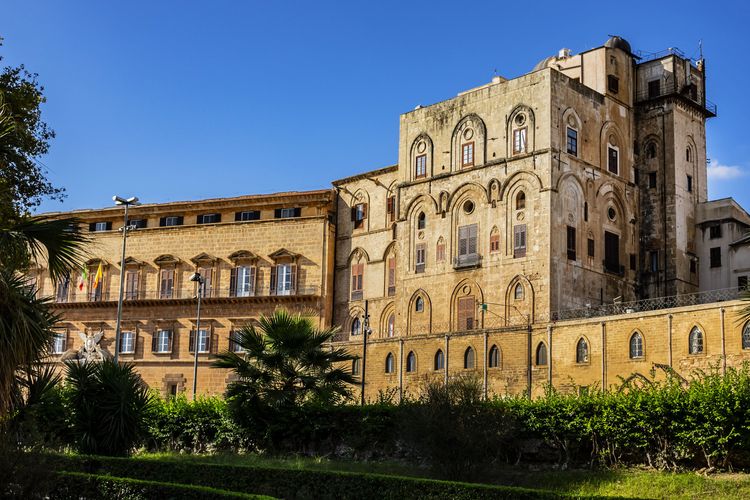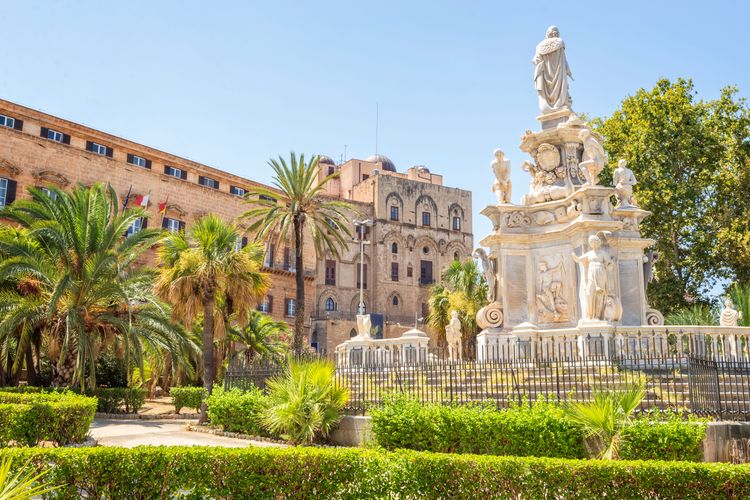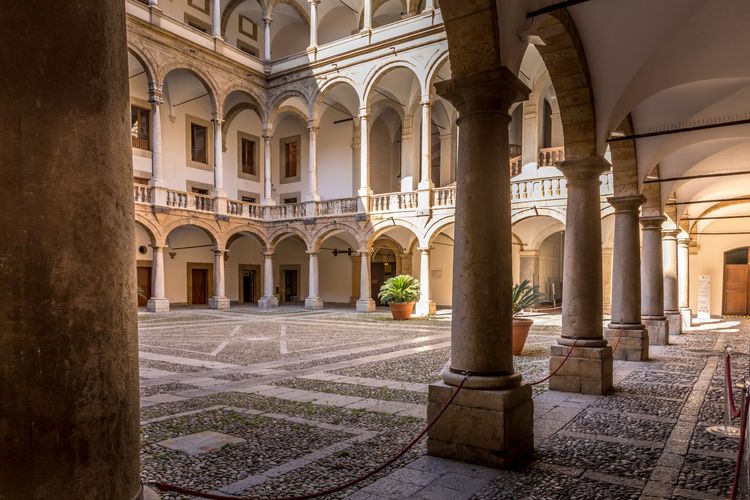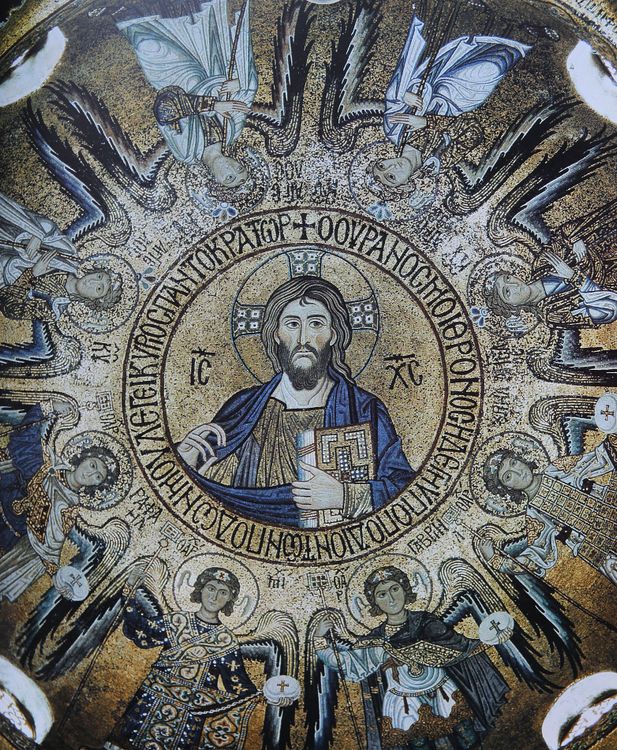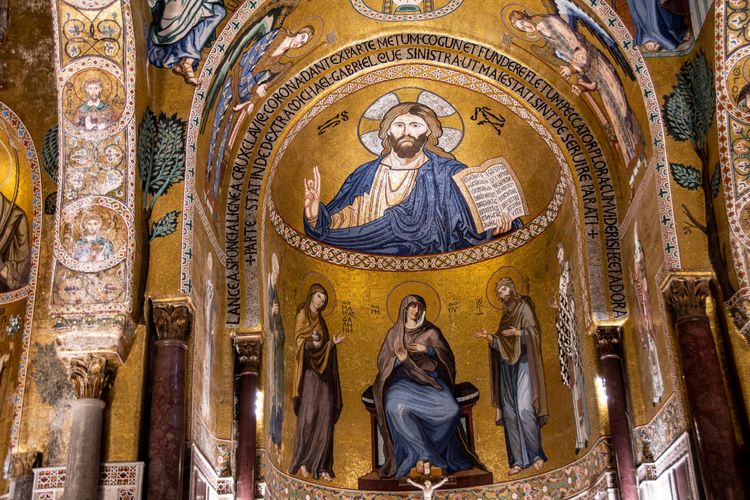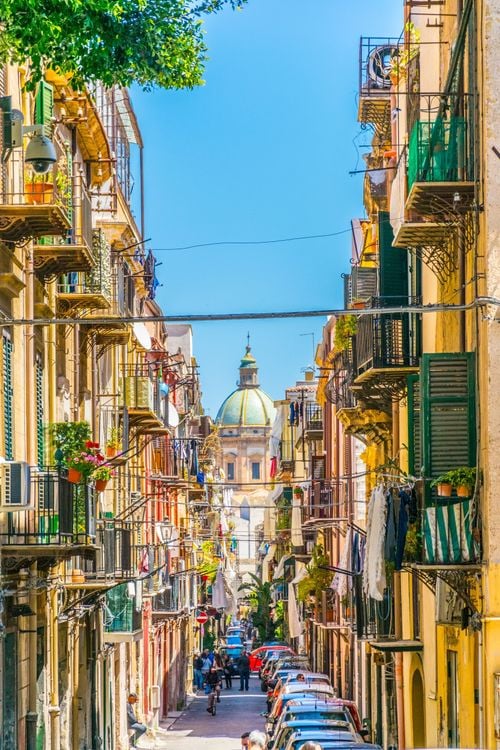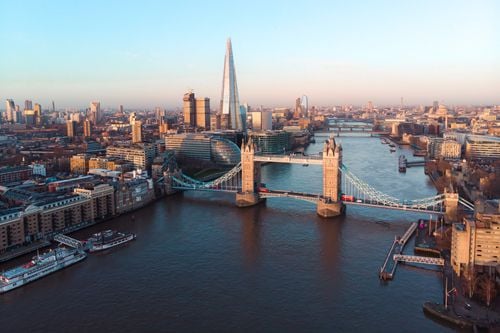A palace steeped in history: the Palazzo dei Normanni
Together with Palermo Cathedral and the cathedrals of Cefalù and Monreale, the Palace of the Normans, also known as the Royal Palace, is part of theArab-Norman itinerary classified as a UNESCO World Heritage Site and is the former home of the Norman kings when they conquered Sicily from Arab rule in 1072. It has very ancient roots if one thinks that it was the base for Phoenician trade and became a real fortress at that time, but following Greek, Roman and Byzantine dominations there was no more news until the conquest by the Arabs. The Palace of the Normans as it is known today owes its name to the Norman King Roger II who took the city from Arab rule by having himself crowned the first king of Sicily in this very palace in 1130.
